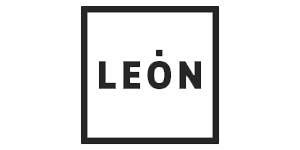The quarter of Puente Castro was destroyed in 1196 and its small Jewish community moved to the city of Leon, in an area demarcated by the modern Plaza Mayor, Santa Ana and Del Grano.
Many street names there are a reminder of its commercial past, Zapaterías, Platerías, Azabachería (shoe makers, silver workers, jet workers) but the echoes of streets such as Cal de la Sinagoga, Cal de Moros, Cal Silvana, have died out, to be replaced by others like Misericordia, Santa Cruz, Puerta del Sol …
The main synagogue was situated in Misericordia street, and remains have been found that speak of the Jewish presence in Leon: remnants of medieval buildings in the old Jewish quarter, cellars, patios (such as the patio of Jabalquinto), lanes such as the Portillo de los Judíos, behind the facades that hide their medieval origins.
The Jewish residents worked in a wide range of trades and professions, under the protection of the Law of 1090, which granted very similar rights to Jews and Christians, a fact often hidden behind the popular image of tax collectors and moneylenders.
At this time one of the most important figures in Leonese Jewish culture and thought appears: Moses de León, born in 1240 and author of the Zohar (Splendour), regarded as the magnum opus of Cabbalism.
In the late Middle Ages, dynasties changed, and with them a growing number of economic crises, cities are desolated by epidemics, and the tolerance previously shown towards Jews gives way to mistrust.
This change of attitude leads to limits being imposed on the rights of Jews in the 14th century, allowing Christians to attack Jews without fear of punishment: The Quiñones and Lorenzana entered the Jewish quarter in 1449, robbing and attacking residents. The outcome of this and other abusive measures leads to a decrease in the Jewish population of Leon.
In 1492 Ferdinand and Isabel signed the decree to expulse the Jews, putting an end to centuries of coexistence. Many decided to convert, but lived for many years under suspicion of professing to be Christians while practicing their religion in secret.
Initially, the Jewish quarter was located in the current district of Puente Castro, then called Castrum Iudeorum. The first signs of Jewish occupation have been dated to the 10th century, but its high point was in the 11th and 12th c. Archaeological excavations are finding more evidence of the period in Cerro de la Mota, thanks to financing from the City Government of Leon.
Several tombstones from the Jewish cemetery are now housed in the Museum of Leon, the Synagogue del Tránsito (Toledo) and the Museum-Cathedral of Leon.
Discover the Jewish past of the city with just one click

